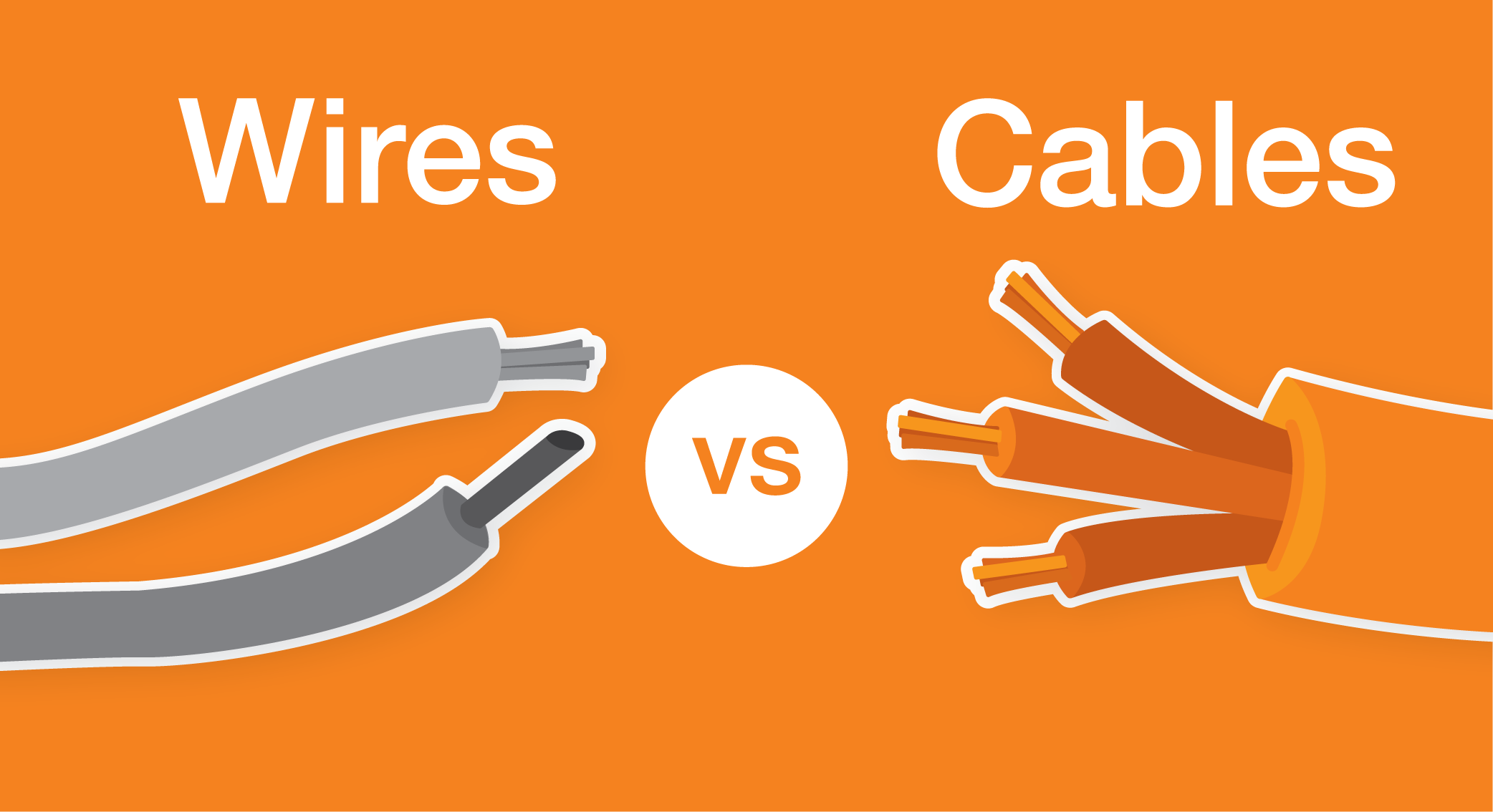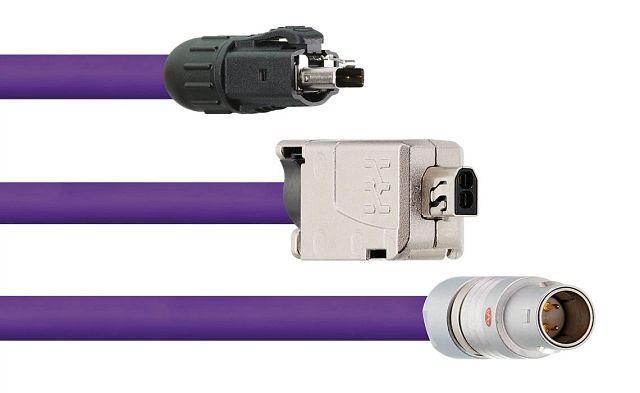What is the Difference Between a Motor Cable and a Control Cable?
There are different types of cables that are manufactured for a wide variety of applications, and in this post, we are going to take a closer look at control cables and motor cables—what do they have in common, and what makes them different from one another.
The Main Difference
The main difference between a control cable and a motor cable lies in the voltage class. While a control cable usually has a voltage class of 300V / 500V, the voltage class of a motor cable is 600V / 1000V.
This is due to the strength of the wire insulation. Despite having the same conductor cross-section, the wire insulation within a motor cable is stronger than it is within a control cable. As a result, the core insulation achieves a higher capacitance, which in turn pushes the cable to the higher voltage rating.
Additionally, motor cables are only available from a conductor cross-section of 0.75mm², whereas a control cable is already available with a cross-section of 0.25mm². Differences can also be found in the upper limit of the cross-section because often, control cables are only available up to a cross-section of 6mm². However, motor cables with a cross section of 50mm² and more are not uncommon in larger systems.

chainflex® CF5 control cable

chainflex® CF30 motor cable
Another difference can be found in the number of wires. While motor cables are typically offered with four wires (L1, L2, L3, PE), or as a single wire, a control cable often consists of many more wires. The requirement for a motor cable is always the same—to supply electricity to an engine, which is why they always have the same wire combination: 3 phases and a protective conductor. Control systems on the other hand, are often significantly more complex and therefore require more wires to transmit the various signals to the appropriate locations.
What does 300V / 500V and 600V / 1000V mean?
This information describes the permissible nominal voltage of a cable, specified in volts. The first value is the maximum permissible effective value between the conductor and the protective conductor. The second value is the maximum effective RMS value between two conductors of the same voltage system, i.e. L1-L2.
What are typical areas of application for these two cable types?
The classic control cable is often found within the same systems as the motor cable. However, they do have very different functions from one another. Control cables are used to transmit signals and to supply smaller applications with energy.
As the name suggests, motor cables are used wherever a lot of energy, both current and voltage, has to be transmitted to a device or machine, such as a motor. An example of this is the motor used to power a harbor crane. However, since a voltage class of 300 / 500V is sufficient for many applications, the control cable is used more often. For example, if a motor receives power via a standard household socket, there is no reason not to use a control cable instead of a motor cable. This is possible because the motor is only operated at the nominal voltage of 230V / 400V.
A motor cable that has a voltage class of 600 / 1000V is required when the motor is regulating speed according to a frequency converter and voltage peaks occur due to the pulse width modulation.
Why not manufacture all cables with a higher voltage class?
Although designing cables this way would simplify things, and result in a cable that can achieve both purposes, there wouldn’t be much opportunity for cost savings. Motor cables are more expensive and thicker than control cables due to a more complex wire insulation, making them often unnecessary.
Since a voltage class of 300V / 500V is sufficient for most areas, both cable types are certainly compatible. For example, if you have a motor that is operated with a nominal voltage of 230 V, there is no reason not to use a control cable instead of a motor cable, since it would be the cheaper alternative.
Conclusion
Although control cables and motor cables have a lot in common, they are used for different purposes. However, both cables still have a unique place within the market due to different voltage classes and different cross-sections.
Both of these cable types are available from chainflex®, with and without shielding. Also looking to save cost? Ensure that you have the best possible cable for the absolute best price with our price check tool. For more information about chainflex® cables, contact the chainflex® Product Manager here.



